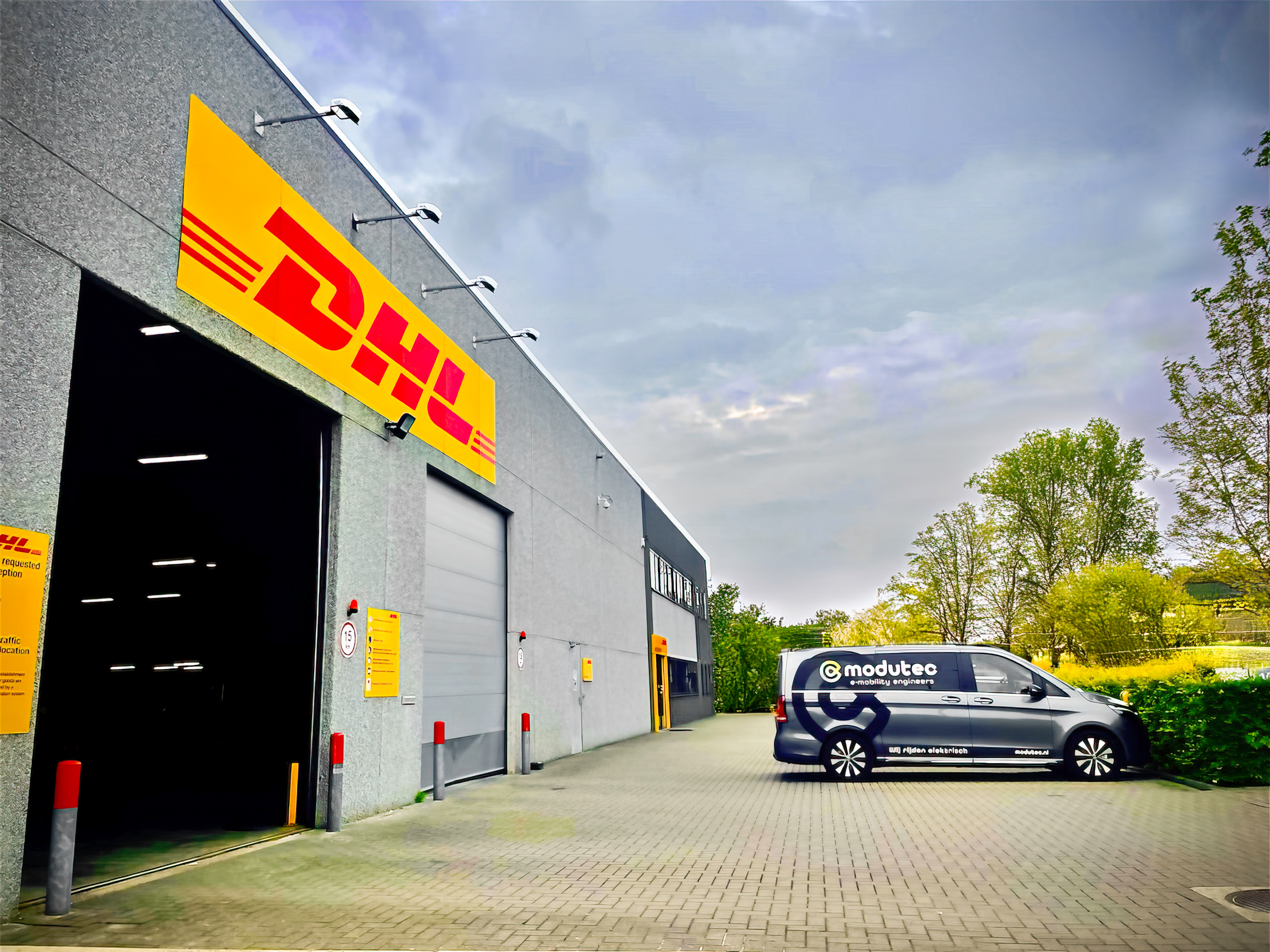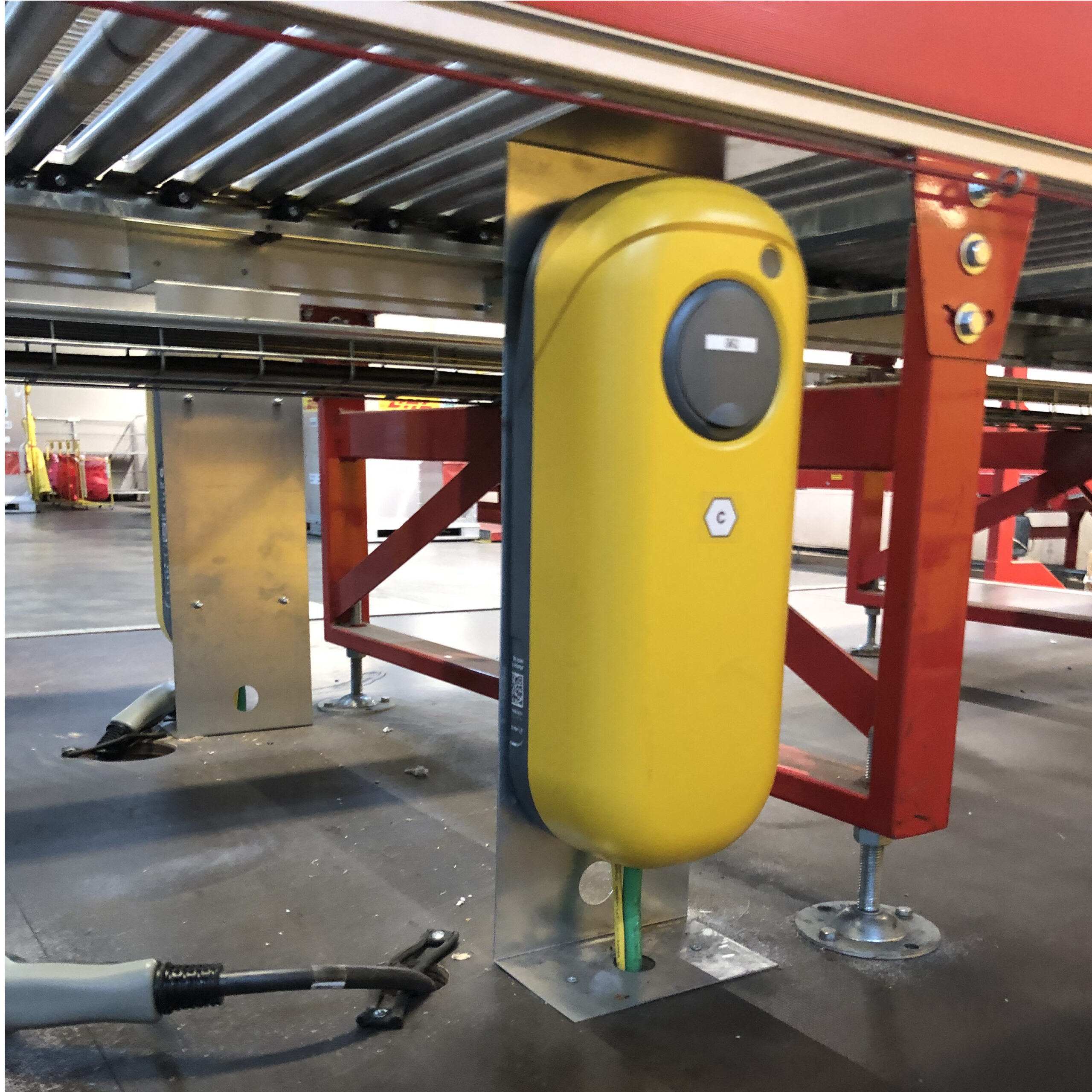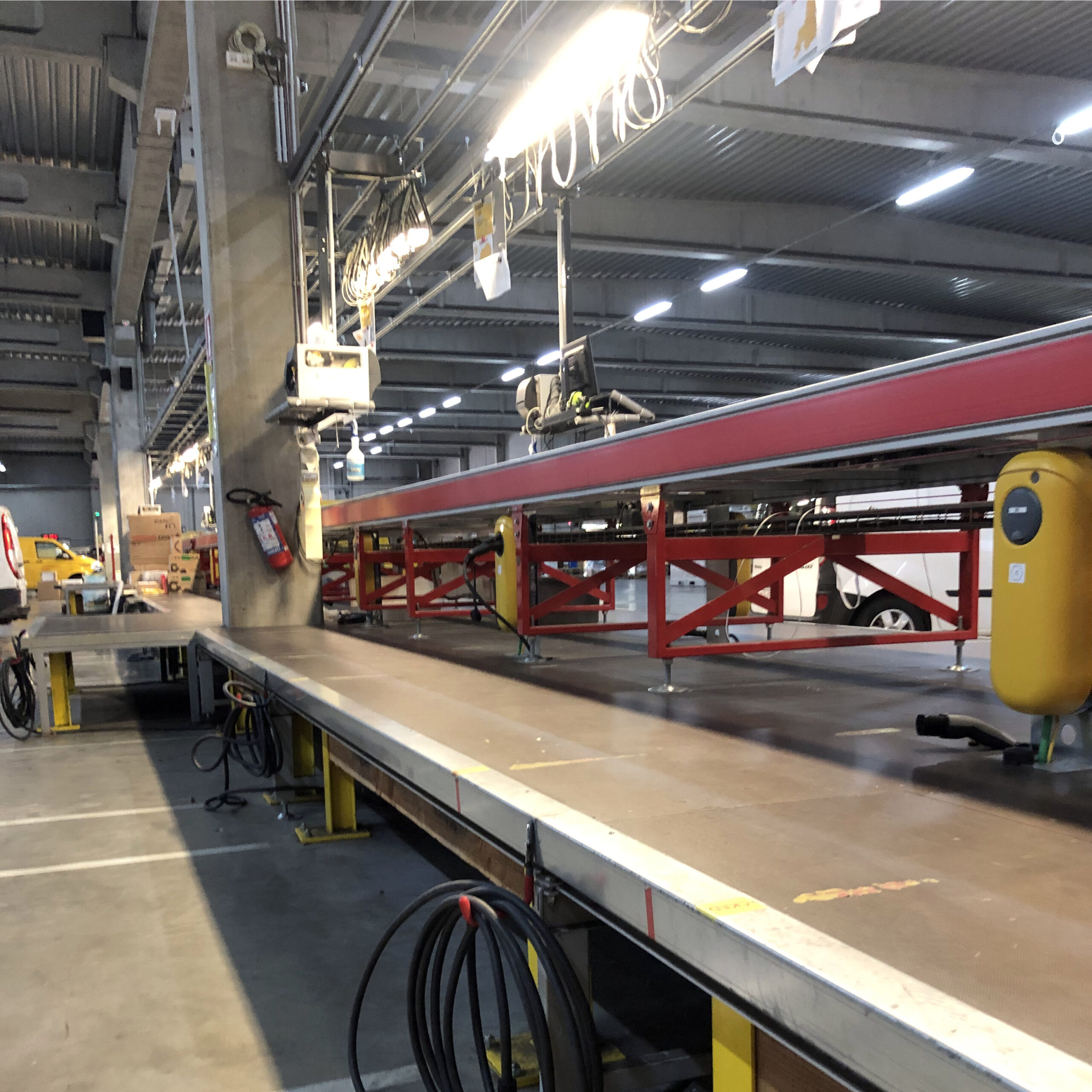
At a distribution center in Belgium, charging issues were reported where electric vehicles randomly stopped charging without a clear cause. This problem occurred not only at a single charging point but at multiple locations, manifesting in various types of malfunctions. As a result, DHL's delivery vans were not fully charged in the mornings, leading to delays in package deliveries.
To identify the cause of the malfunctions, we conducted a comprehensive diagnostic process. We started by measuring the earth resistance to rule out grounding issues. All data cables and the network switch were checked for defects or malfunctions. Additionally, we measured the voltages over a longer timespan using a power logger to identify irregularities. Various firmware versions were tested to rule out software problems. We also disassembled and thoroughly tested all chargers to identify any hardware issues and reviewed all charger settings. The load balancing module was read out and tested, and the current transformers were checked for proper operation.


During the investigation, it became clear that the malfunctions usually occurred at fixed times, coinciding with the times when vans were being loaded. Further observation revealed that the conveyor belt, which was switched on around the same time, was likely the cause. Using an oscilloscope, we analyzed the CP wire (Control Pilot) of a charge point. The investigation showed that when the conveyor belt started, a harmonic interference/noise of about 4 volts occurred, disrupting the communication between the charger and the vehicle. This noise was caused by the motors starting up on the conveyor belt.
Based on our diagnosis, the installation of the motors on the conveyor belt was modified to prevent the harmonic interference. This adjustment eliminated the voltage fluctuations and restored reliable communication between the chargers and the vehicles.
Since the modification, the charging issues at DHL have not recurred. The delivery vans are now consistently charged, allowing DHL to continue their delivery services without interruption.